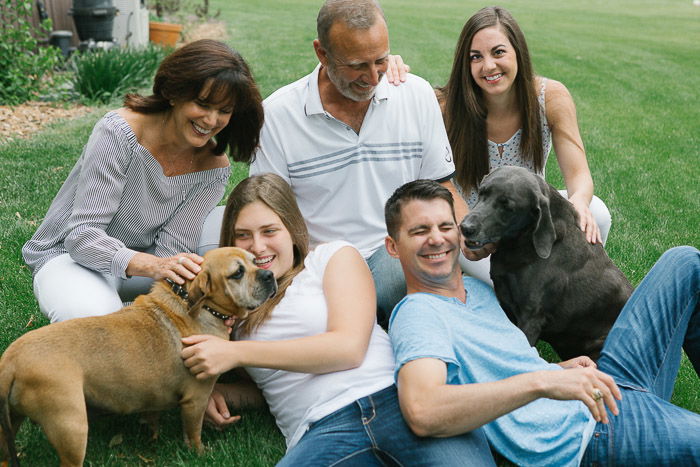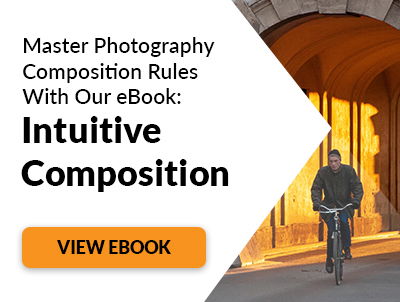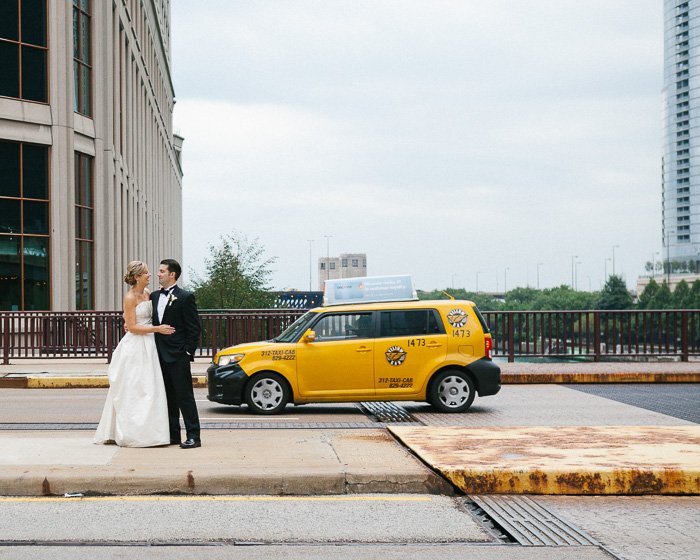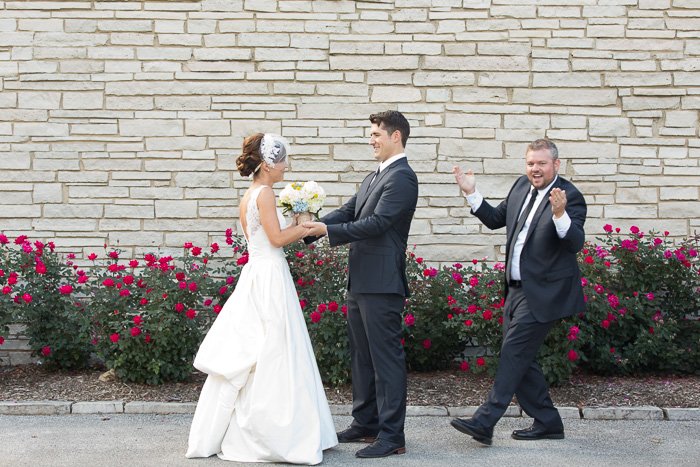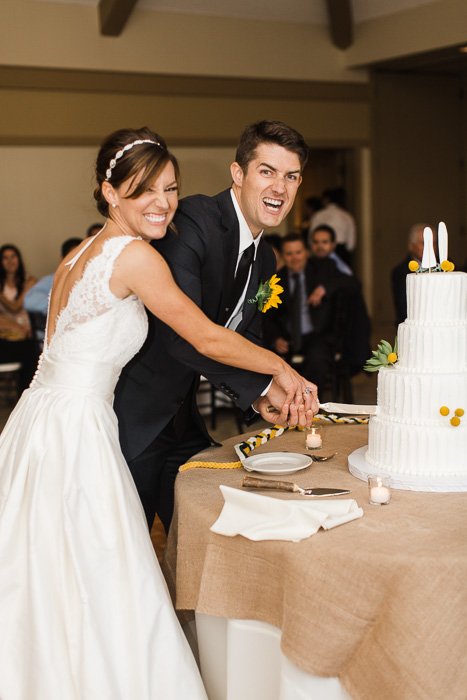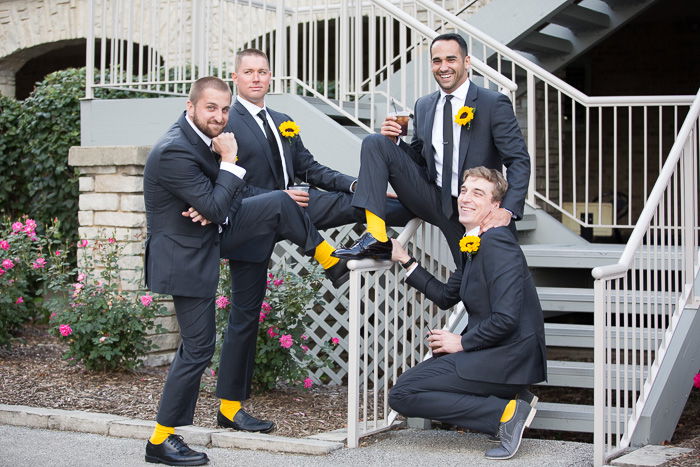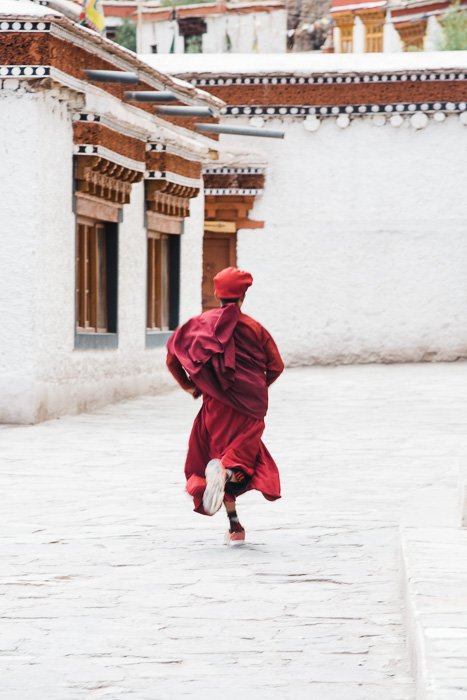It’s not about luck or chance, but about being in the right place at the right time and knowing how to capture that moment for posterity. Here are some tips on how to capture the decisive moment in photography.
The Decisive Moment in Photography: What is It?
A few years into my career as a wedding and lifestyle photographer, a fellow photographer and good friend gave me some constructive criticism. She said I seemed to ‘miss the moment’ in my images. Constructive criticism is great but it always takes you by surprise. My gut reaction was to get defensive and justify my actions, but I held back. Instead, I took her feedback and tried to figure out what this moment she was talking about was. The decisive moment was made popular by the famous street photographer Henri Cartier-Bresson. According to him, it refers to capturing an event that is ephemeral and spontaneous. The image represents the essence of the event itself. Bresson talked a lot about this concept. He said that the time between observing, composing, and shooting must occur with foresight and instinct. Now I know what you are thinking. This is easier said than done. How exactly does one do all this with only a few seconds to take that shot? I approach it in two ways.
1. Know Your Subjects to Predict Their Behaviour
You need to observe and understand the subject or the subject matter to know behavior and patterns. The more you understand, the better you will become at predicting said behavior. As photographers, we have an incredible opportunity to document life stories – whether it is of people or for landscapes. The details are what complete the story. Don’t just focus on taking the shot. Spend a few minutes and listen with both your heart and your head. Then when you do take the shot, it will become so much more meaningful and special – even if it is just for you and your subject. The more you practice this, the better you will predict what comes next in an interaction.
2. How to Develop Photographing Intuition
There is definitely a lot of instinct and intuition involved in photography. Most of us believe in this. That internal voice, that sense or gut feeling that has gotten us out of many sticky situations before. Whether in life or when photographing. Sometimes when you see something, you just know what’s going to happen next. There is no scientific way to explain it, it is just there. Use that to your advantage. Take it a step further by documenting the number of times intuition has worked in your favor and when it has not. The more you photograph and observe people or animals in many different situations, the easier this will become.
Where to Look for the Decisive Moment
1. Emotional Moments
As a wedding photographer, a lot of what I photograph during the wedding day is full of emotion and feeling. Many of my clients come to me because they want a good mix of posed family photos and candid moments. Having worked at many weddings, I know and can recognize when those priceless moments are about to take place. And I make sure I am around with my camera to document them. If you are new to wedding photography or even a genre of photography that is full of emotional moments like birth and family photos, ask your clients for special relationships or moments that they want you to document. I have a questionnaire for my wedding clients. I ask them questions like family dynamics, special circumstances, and relationships that they want me to photograph. This level of detail ensures that I know what I am looking for along with those candid moments. When great-grandma is coming to a wedding, you know you want to spend some time around her to catch those special moments.
2. Everyday Life Details
Life is happening all around you all the time. People interacting with each other, people interacting with nature, nature putting on a grand show during sunrise, sunset, or even during a thunderstorm. But don’t wait for some preconceived notion of the perfect moment to take your camera out and take a photo. This is particularly true when dealing with street photography or travel photography. At the same time, don’t see the world simply through your viewfinder. Observe the scene, anticipate the shot that you really want to get and be ready to take the shot. Don’t just fire away at every situation only to get home to realize that you missed the moment and the shot as well. Train your mind to really live life in the moment and not worry about all the other distractions. This will also help you really ‘see’ what is happening around you. This is particularly true for travel photography. More often than not, you get through your travels with a very tight agenda and timeline. No sooner than you get to your destination, you are already prepared to move on to the next stop. Instead, try and plan a single excursion for a day. Really focus on learning and experiencing that place or activity before moving on.
3. Capture Motion in Your Images
The decisive moment is key when you are trying to capture movement in your images. You need to see what’s happening and anticipate the next series of events and capture the movement effectively. Even if you use the technical functions of your camera like focus tracking moving objects, you need to understand what’s coming next. Sometimes you might use a fast shutter speed to capture the movement and stop motion dead in its tracks. Other times you might use a slow shutter speed. It will give that feeling of slowing down the movement so as to savor it and experience it longer. No matter what tools you use, the key here is to know what it is your end result is and then make a plan to achieve it.
How Broken Patterns Can Help You Recognise the Decisive Moment
One of the critical aspects in decisive moment photography is training your eye to see, dissect and analyze what is happening in front of you. Start observing patterns, colors and subject matter. Then start looking at things that are disrupting or challenging these patterns, colors and subject matter. Sometimes it is a clear blue sky and a single dark cloud looming in the distance. Other times it is a color that looks out of place in a seemingly monotone canvas. Learning to see and recognize these elements should be second nature – with or without your camera. Not every scene needs to be documented. Sometimes, it is okay to observe, recognize the decisive moment and just move on. One tip that might be useful is to use continuous shutter a.k.a multiple frames while capturing the scene. I am not a huge fan of the ‘spray and pray’ method of taking many shots and hoping one will work out. But I think this is a great way to learn how to recognize that decisive moment in your images. Take a series of images, look at them and analyze each frame and find the one. Then look at the frame before and after to see why you chose the one that you did. This exercise is a great learning tool until you start trusting your instincts and intuition to recognize the shot that clicks for you.
Conclusion: Street Photography Quotes
Photography is subjective to a large extent. The decisive moment is also very subjective. What one person might consider as missing the moment might be a very creative form of expression for someone else. Don’t be dejected if you always hear “No this is not it”, or “You are missing the shot”. Keep at it and at the end of the day, if you feel like you are progressing and creating images that YOU are proud of, that’s what matters. Rules are meant to be broken!
